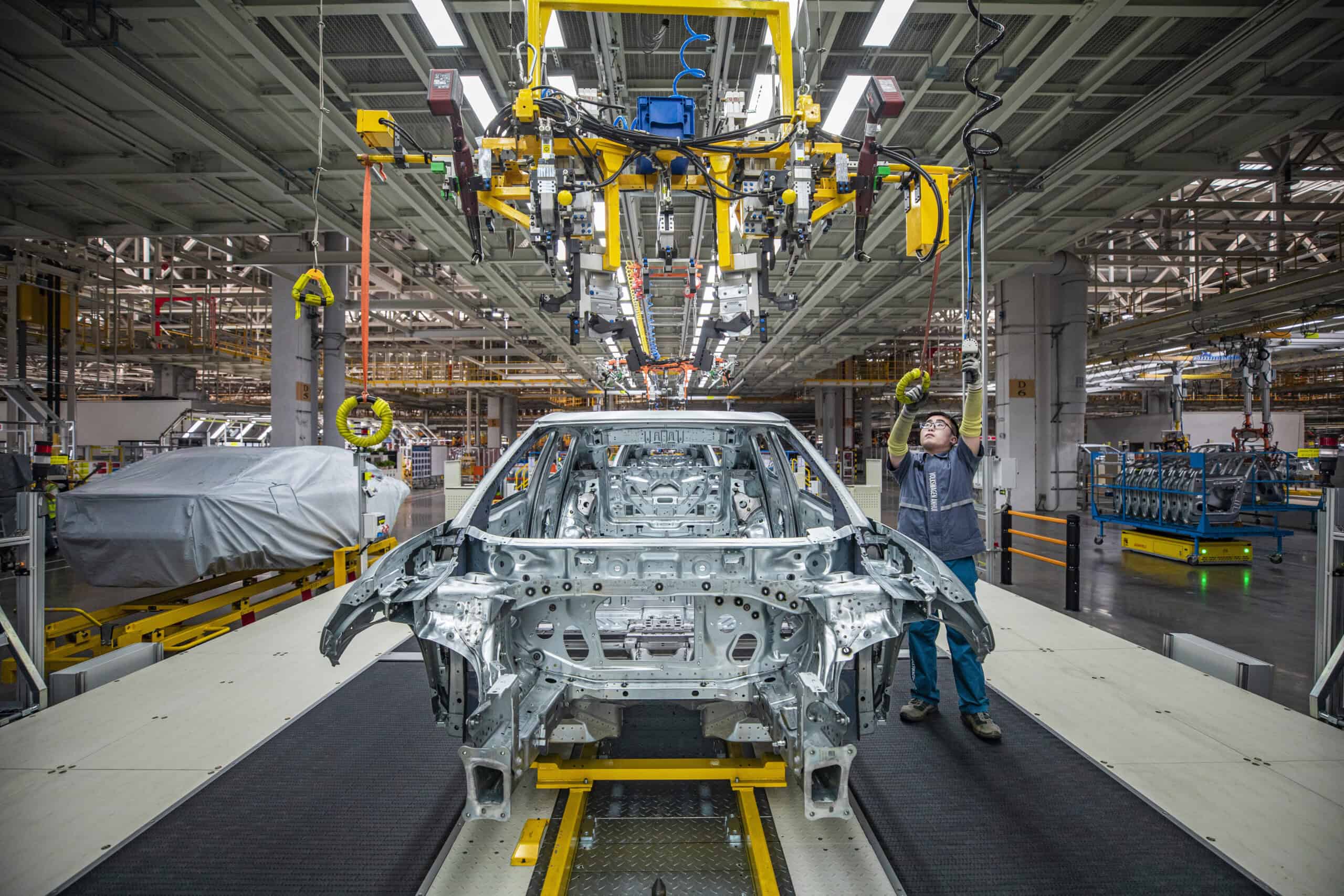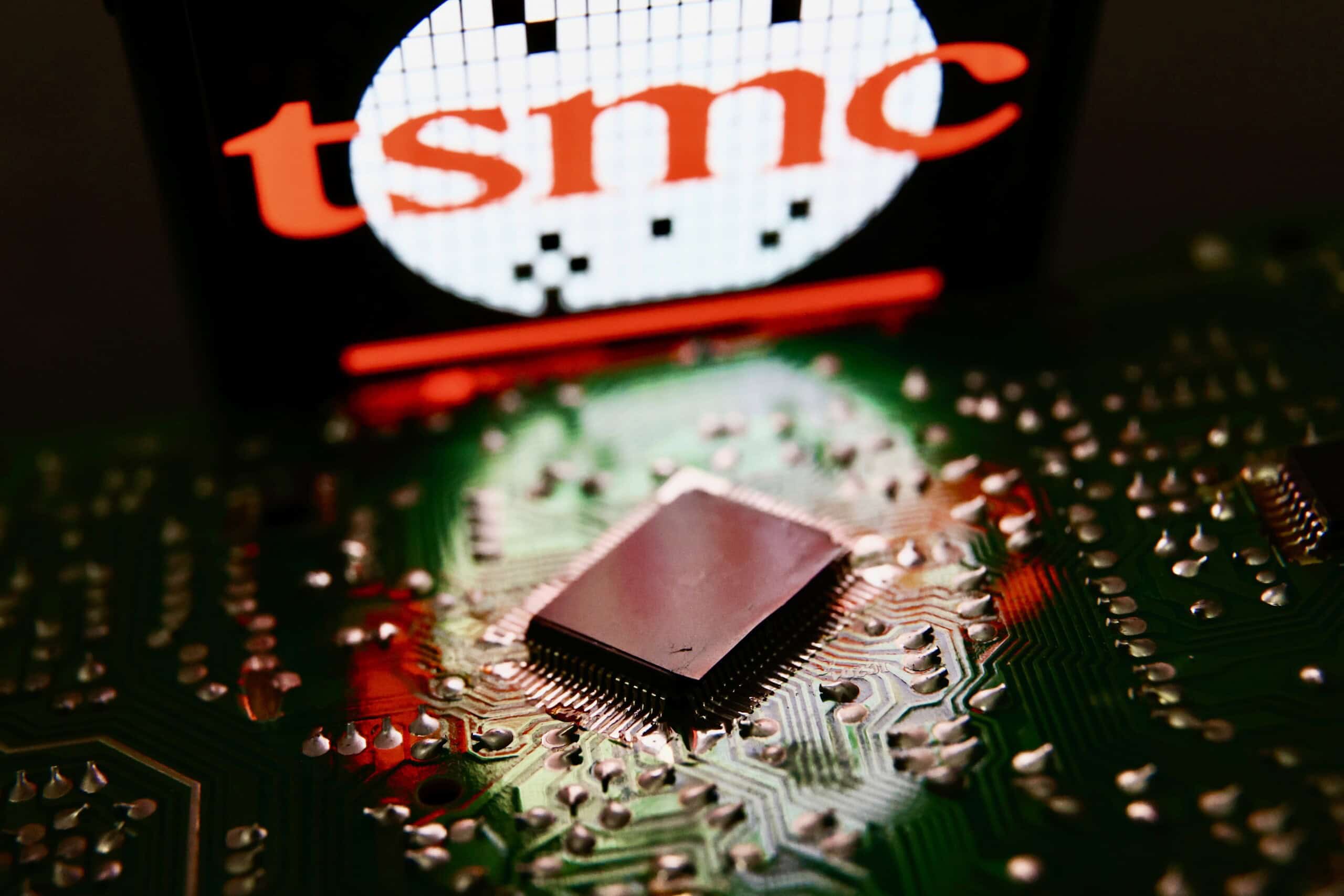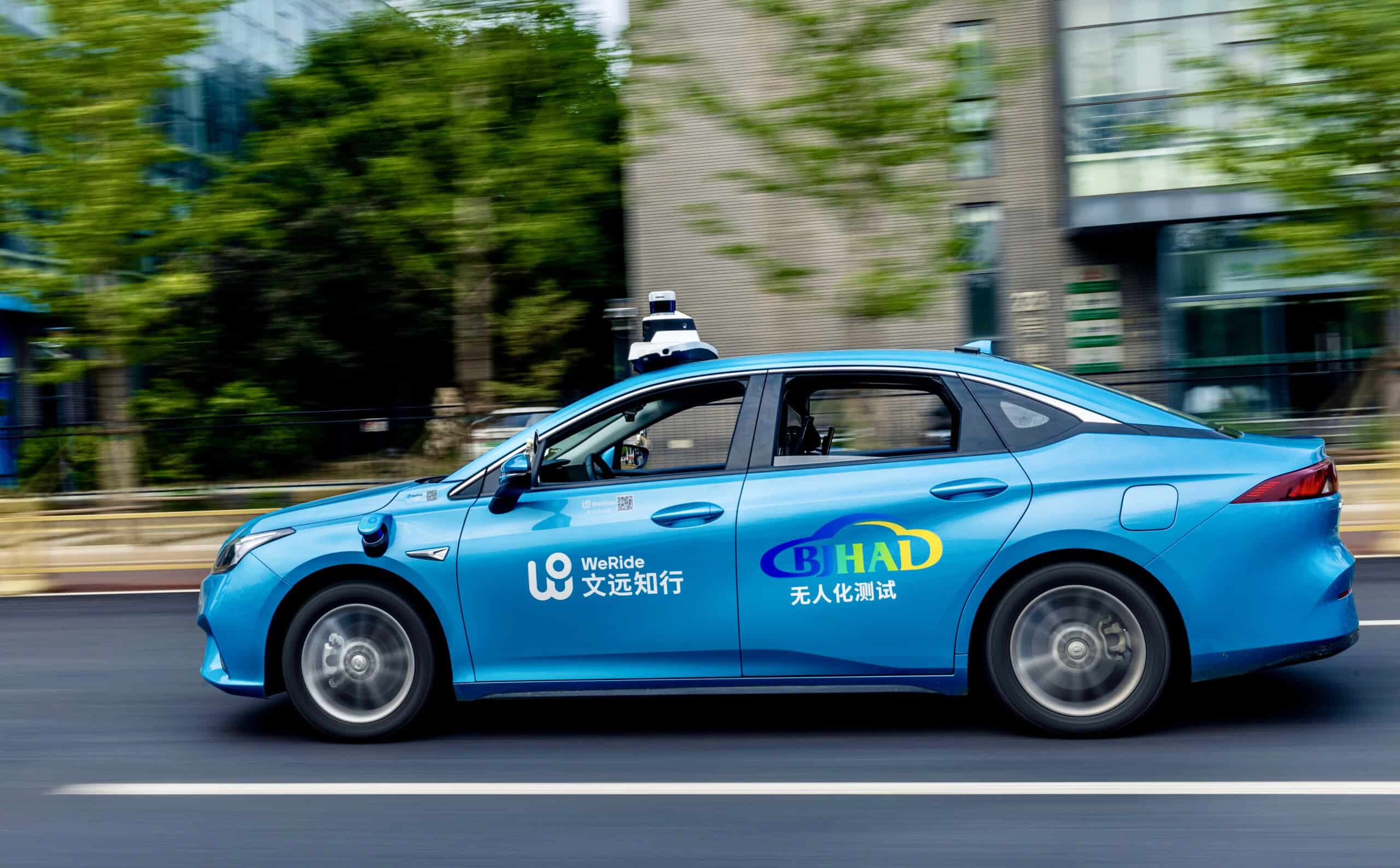
Global carmaking giants like General Motors (GM), Nissan and Volkswagen have long relied on China for billions of dollars in sales every year. Yet as domestic competition surges, the idea that foreign automakers could depart China entirely in the next five years is now being discussed as a real possibility.
In 2023, GM sold fewer cars in China than it sold in the United States for the first time since 2009. As recently as 2017, it sold more than four million cars in the country: by the end of last year, that number had plunged by almost a half. Germany’s Volkswagen and Japan’s Nissan are still selling more in China than in their home markets — but the gap has narrowed considerably.
“There are three things that explain the turnaround: the emerging strengths of the Chinese auto industry, the transition to new power [sources] such as EVs, hybrids, fuel cell vehicles, and last but not least, the weakness of the American auto industry, particularly the Big Three,” says Gregory Noble, professor emeritus at the University of Tokyo, referring to GM, Stellantis (formerly Chrysler), and Ford Motor Company.
The declining fortunes of foreign automakers are largely down to the rise of domestic competitors, many of whom are ahead both in producing electric vehicles and adopting cutting-edge software. China’s largest electric vehicle company BYD sold just 420,294 cars in China in 2017, the same year that GM reached its sales high. By the end of 2023, BYD’s annual sales had surpassed 3 million vehicles. Overall, domestic brands now account for 62 percent of vehicle sales in China, compared to less than half in 2020.
“They [Chinese automakers] have the scale, they have supply chains, they have the shipping, the vertical integration, the cost advantages — 25 to 30 percent [cheaper]”, says Michael Dunne, founder of Dunne Insights LLC, an automotive intelligence firm. Vertical integration refers to an automaker’s control over almost all aspects of its supply chain, meaning the company can supply its own auto parts, computer chips and EV batteries.
“Some of that is subsidies. But it’s not just subsidies. That’s an important message.”
Dunne predicts that most of the world’s biggest car companies will depart the Chinese market within the next five years.
“If I’m a global automaker in China today, I would move as quickly as I can to wind down the joint ventures and establish a wholly owned entity in China for the purpose giving you the option to use it as a manufacturing base for the domestic Chinese market, and also potentially as a manufacturing base for export,” says Dunne. Establishing a joint venture with a local Chinese partner was once a requirement for foreign car companies to do business in the country, but this requirement was abolished in 2022.
“If you stay in the joint venture and make no changes, your exit is inevitable,” he adds.
The growth of China’s EV automakers has also impacted on China’s domestic state-owned car companies. SAIC Motor, GM’s major joint venture partner since 1997, earned around $40 billion in revenue in the first half of 2024, a 12.8 percent decrease from the same period last year. By contrast, BYD’s revenue for the first half of 2024 was around $43 billion, up by around 16 percent.
Foreign automakers may have to sacrifice profitability if they are to regain market share in China. U.S. EV manufacturer Tesla triggered a price war in China in late 2022 when it started discounting its vehicles, and the war has since intensified.
Check out the graphic below for some examples of car companies that have offered discounts on their leading models in China in 2024:


Aaron Mc Nicholas is a staff writer at The Wire based in Washington DC. He was previously based in Hong Kong, where he worked at Bloomberg and at Storyful, a news agency dedicated to verifying newsworthy social media content. He earned a Master of Arts in Asian Studies at Georgetown University and a Bachelor of Arts in Journalism from Dublin City University in Ireland.




